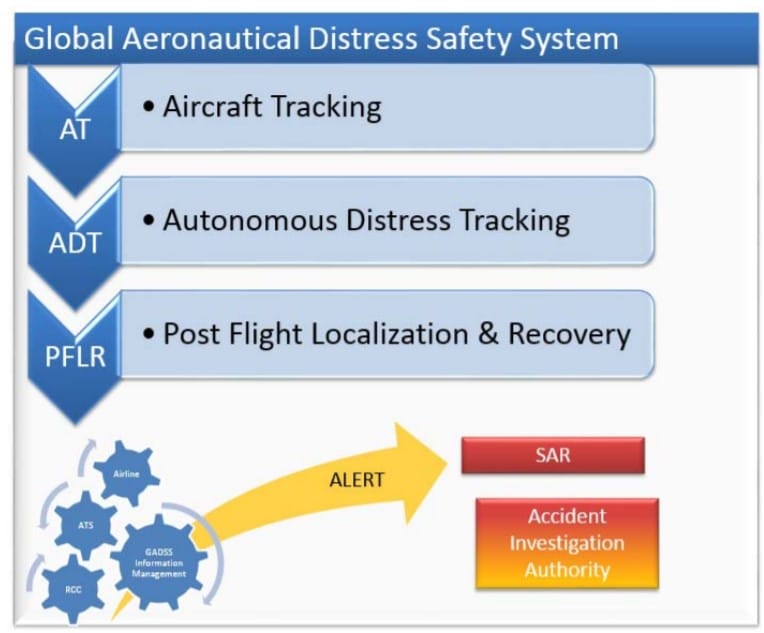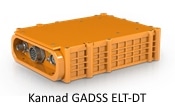
Blog What You Need to Know About the GADSS Regulation
What is GADSS?
Following several accidents where downed aircraft could not be located at all, or only after long and expensive search efforts, the Global Aeronautical Distress and Safety System (GADSS) recommendations were adopted by the International Civil Aviation Organization (ICAO) in March 2016. In December 2015, the European Union (EU) also adopted the ICAO-GADSS global flight tracking initiative to improve the location of aircraft in distress anywhere in the world.
What are the main goals of GADSS?
The GADSS concept of operations is simple in its scope: provide autonomous global, end-to-end tracking of commercial flights so that an aircraft is never “lost.” Its primary focus is the detection of aircraft in distress anywhere in the world, but also to provide more accurate tracking throughout the flight so the Search & Rescue (SAR) procedure can be initiated, if required, and rescuers directed to the right location. This process will also enable more efficient SAR operations as well as timely retrieval of the Flight Data Recorder.
What are the GADSS key components?
To make the tracking of all phases of an aircraft’s flight fool-proof, ICAO has based its recommendations on components and technologies which are all associated with various steps of a flight :
- Aircraft Tracking during normal operations – The aircraft position information needs to be updated and available for Air Traffic Services (ATS) at least once per 15 min.
- Autonomous Distress Tracking (ADT) during abnormal operations – The aircraft position
- information will be transmitted, without the need for flight crew action, at least once every minute when an aircraft is in a distress condition.
- Post-flight localization and recovery – The accurate aircraft position information (1 NM or better) is provided to SAR services.

When will the regulation be applicable?
The aircraft tracking function under normal operations will be applicable on November 8, 2018. The aircraft tracking function under abnormal operations and for flight recorder data recovery will both be applicable on January 1, 2021.
Who is covered and which airplanes are impacted?
The three standards of GADSS will apply to all new-built aircraft with take-off weight greater than 27,000 kg. Other new aircraft with take-off weight greater than 5,700 kg are also recommended to comply with the GADSS requirement from the same date. Retrofit – To cover aircraft delivered before this date to operate with Autonomous Distress Tracking systems, ICAO announced last year an incentive for operators willing to replace at least one of the two required Emergency Locator Transmitters (ELT) on board of the aircraft.
How can Orolia help operators and OEMs comply with GADSS?

Orolia currently leads a consortium of well-established, proven European companies and industry experts including Airbus, Air France or Cobham as part of the HELIOS project. The project members’ expertise in aircraft manufacturing, airline modifications, protective clothing design and search and rescue operations is uniquely suited to the ongoing development of a next generation distress tracking (DT) beacon, compliant with the ICAO GADSS concept of operations. More information is available at www.helios-gsa-project.eu.


